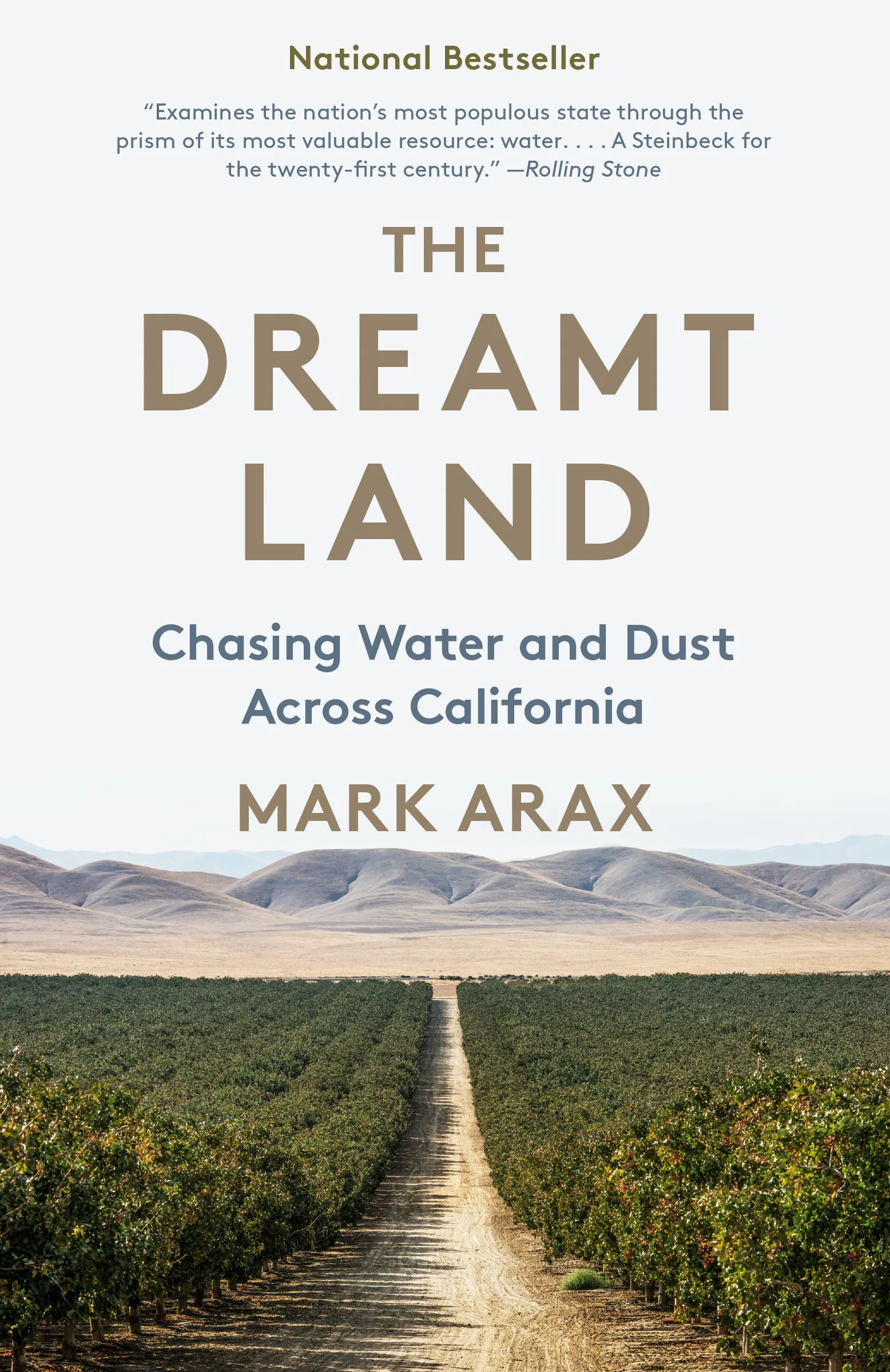Water is power. Nowhere is that more true than in California's Central Valley, which produces 250 crops valued at $17 billion. The Tulare Lake Basin, at the southern end of the San Joaquin Valley, is the largest body of fresh water west of the Mississippi. The terminus for four rivers that flowed from the Sierras and ran across the middle of California, the lake is where the Yokut tribe once fished along its shallow shores.
After the Gold Rush, miners became farmers and began diverting water from the lake, which caused it to dry up. Journalist Mark Arax explains that every so often during a rainy year, "in spite of all the contrivances of man — dams, ditches, levees, canals, pumps that make the rivers run backwards — the water comes back and fills up Tulare Lake." After this winter's record-breaking rainfall, Tulare Lake is fuller than it has been in 150 years.
Arax describes how cotton growers in the 1920s flattened the lake, making it one of the most engineered pieces of land in the nation at that time. Annual crops like cotton and tomatoes have been replaced by more permanent crops like almonds and pistachios, which suck the water beneath the dried lake using pumps and wells reaching depths of 200 to 500 feet. The magnitude of industrial agriculture is causing subsidence, the gradual caving in of the land. "It's quite a feat of hubris, guile, greed, and imagination," Arax says.

Born into a family of farmers in Fresno, journalist Mark Arax has witnessed firsthand the cyclical nature of droughts and floods in California. He delves into the history and future of agriculture and water in "The Dreamt Land." Photo courtesy of Knopf.
